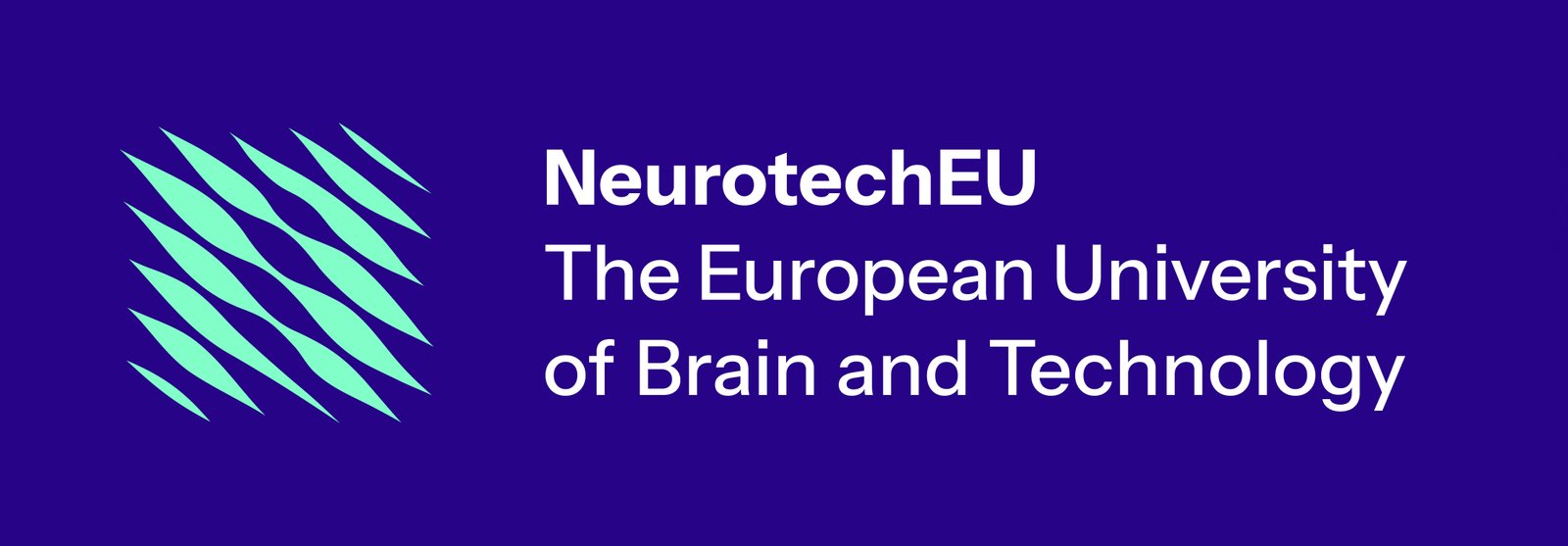Dimension 1: Empirical and Clinical Neuroscience
Empirical neuroscience is a research-based research area driven by collecting large amounts of data about brain activity. Scientists use technologies like brain scans and electrical sensors to see how the brain reacts to different stimuli or tasks. This data helps them discover new insights into how the brain processes information, controls movement, and regulates emotions. These findings are crucial for expanding our knowledge of the brain and figuring out how to fix problems when things go wrong in the brain.
Deep brain stimulation
Clinical neuroscience takes the knowledge gained from research and applies it in real-life medical settings. For example, treatments like Deep Brain Stimulation (DBS) were developed after years of studying how certain brain circuits control movement. DBS is now used to help people with Parkinson’s disease by stimulating specific parts of the brain to reduce symptoms like tremors. An example can be found at the Donders Institute at Radboud University in Nijmegen, the Netherlands. At the Brain Stimulation Lab they have developed a new technique to stimulate the brain with Focused Ultrasound.
Watch the lab video to see how this works:
One of the key ideas in empirical and clinical neuroscience is that the two areas work closely together. Research discoveries lead to new treatments, and those treatments, in turn, provide valuable feedback that helps improve future research. As technology continues to advance, researchers are also exploring personalized medicine—tailoring treatments to each patient’s unique brain activity to make them more effective. For instance, doctors might be able to use brain data to create individualized therapies for conditions like anxiety or epilepsy.
The future of neurotechnology looks promising, especially with continued progress in empirical and clinical neuroscience. New tools, like brain-computer interfaces and non-invasive brain stimulation techniques, will help us better understand the brain and develop treatments that are more precise and effective.
Repetitive Transcranial Magnetic Stimulation (rTMS)
A second example of innovative neurotechnology with clinical application is Repetitive Transcranial Magnetic Stimulation (rTMS), a non-invasive technique that utilizes electromagnetic fields to modulate neuronal activity, thus influencing neural circuits and plasticity. rTMS is used in a wide array of medical conditions, including the treatment of major depressive disorder, obsessive-compulsive disorder, and post-stroke motor recovery. At the University of Medicine and Pharmacy "Iuliu Hațieganu" (UMFIH) in Cluj-Napoca, Romania, and the RoNeuro Institute for Neurological Research and Diagnostic, pioneering advancements in rTMS are contributing to therapeutic strategies for various neuropsychiatric and neurological disorders, including stroke and traumatic brain injury. The two collaborating institutions leverage cutting-edge equipment and protocols to explore rTMS’s efficacy.
8 Dimensions of NeurotechEU
The eight dimensions of NeurotechEU cover a wide range of topics, from advancing research and treatments to addressing ethical questions related to how technology interacts with the brain, with the objective of creating a bridge between several disciplines. These dimensions aim to tackle what the Alliance identifies as “neurochallenges” – issues that require multidisciplinary approaches at the intersection of neuroscience and neurotechnology.
- Empirical and clinical neuroscience: Investigating brain function and developing treatments for neurological disorders.
- Theoretical Neuroscience: Using computational models to explain and predict brain activity.
- Neuromorphic Computing: Designing computer systems inspired by the brain to enhance efficiency.
- Neuromorphic Control and Neurorobotics: Creating robots capable of adapting and moving like living beings.
- Neuroinformatics: Building tools to manage and analyze large-scale brain data.
- Neuroprosthetics: Developing devices to interface with the brain, restoring or augmenting its functions.
- Clinical Neurotechnology: Applying digital systems for real-time monitoring and treatment of brain conditions.
- Neurometaphysics: Exploring ethical, legal, and philosophical issues surrounding the use of neurotechnology.

